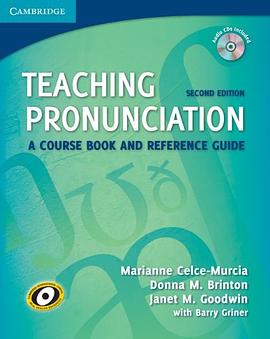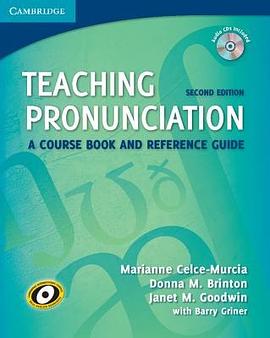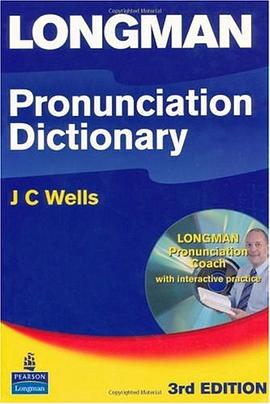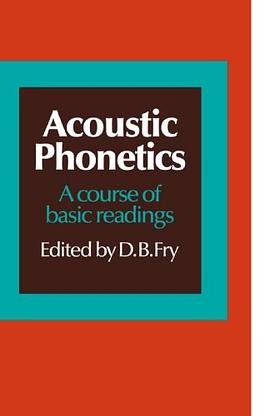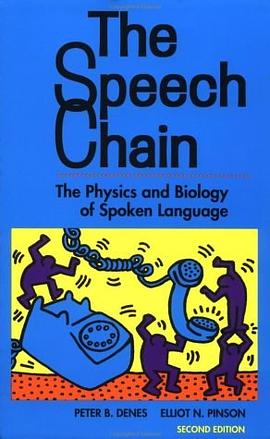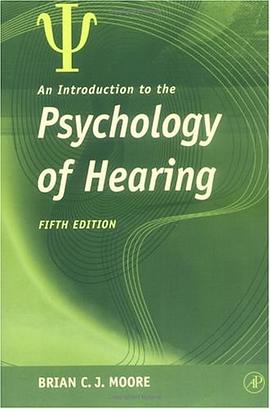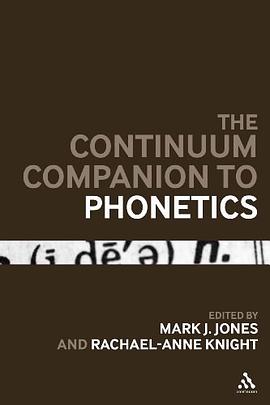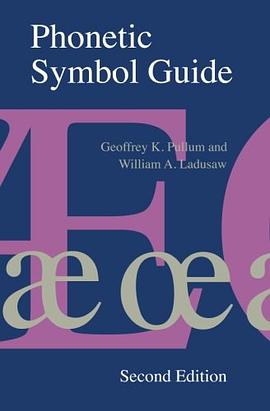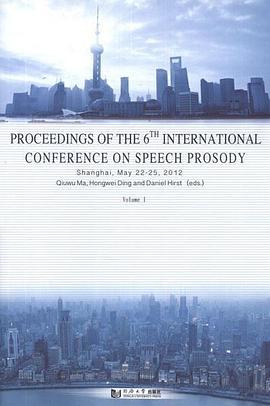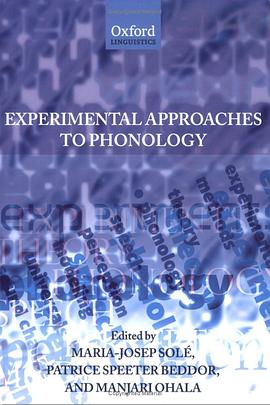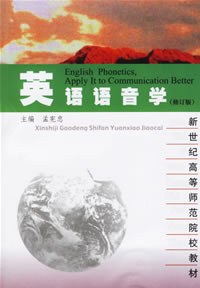

具体描述
目录
序
修订版前言
Introduction
Part One Rhythm
Unit 1 Word Stress
Unit 2 Sentence Stress
Unit 3 Rhythm and Its Features
Unit 4 Rhythm Patterns
Unit 5 Sense—groups and Pausing
Part Two Intonation
Unit 6 A Brief Introduction
Unit 7 Basic Tones and Their Training
Unit 8 Tone—groups
Unit 9 Function of Tunes and Their Uses
Unit 10 Combined Tunes
Unit 11 Reading of Long Sentences
Part Three Pronunciation
Unit 12 Organs of Speech
Unit 13 The Classification of Phonemes
Unit 14 The English Vowels--Pure Vowels
Unit 15 The English Vowels--Diphthongs
Unit 16 Consonants
Unit 17 Consonants(continued)
Unit 18 Phonemes in Combination
Unit 19 Consonant Clusters and Incomplete Plosion
Unit 20 Sound Changes in Connected Speech
Additionai Remarks:Reading as an Exercise in Enunc-a—tion and Delivery
Appendix Ⅰ.Rules of Reading
Appendix Ⅱ.British English and American English in Com—arison
Appendix Ⅲ.Glossary
Main References
作者简介
目录信息
序
修订版前言
Introduction
1. English Phonetics
2. Study Method
3. International Phonetic Alphabet
4.British English and American English
5.List of Symbols Used
Part One Rhythm
Unit 1 Word Stress
Kinds of Stress
Stress Placement
Stress Influence on Meaning of Words
Unit 2 Sentence Stress
Sense Stress
Logical Stress
Emotional Stress
Unit 3 Rhythm and Its Features
Rhythm
Rhythm Group and Its Division
Features of English Rhythm
Unit 4 Rhythm Patterns
Unit 5 Sense-groups and Pausing
Sense-groups and Their Divisions
Pausing
Part Two Intonation
Unit 6 A Brief Introduction
Definition
Function
Illustrating Intonation
Unit 7 Basic Tones and Their Training
Basic Tones
Basic Training of Tones
Unit 8 Tone-groups
Tone-group
Tone-group Division
Structure of the Tone-group (or Tune)
Prehead
Head
Body
Nucleus
Tail
Features of an English Tune
Unit 9 Function of Tunes and Their Uses
Falling Tune
Rising Tune
Falling-rising Tune
Unit 10 Combined Tunes
Fall + Fall
Fall + Rise
Rise + Fall
Rise + Rise
Fall + Fall-rise
Fall-rise + Fall
Fall-rise + Rise
Unit 11 Reading of Long Sentences
Tune Broken Upwards (Broken Tune or Acci-
dental Rise)
Intonation of Vocatives
Intonation of Parenthesis
Intonation of Reporting Phrases
Part Three Pronunciation
Unit 12 Organs of Speech
Unit 13 The Classification of Phonemes
Phonemes and Allophones
Classification of English Phonemes
Unit 14 The English Vowels-Pure Vowels
Front Vowels /i:/ and /I/
Front Vowels lel and faef
Central Vowels /3:/ /el and /A/
Back Vowel 1/a:/
Back Vowels /P/ and/o:/
Back Vowels /u/ and /u:/
Unit 15 The English Vowels-Diphthongs
Closing Diphthongs /ei/, /ai/, and /cI/
Closing Diphthongs /ev/ and/a/
Centring Diphthongs /ie/ /ee/ and /ve/
Unit 16 Consonants
Plosives/p/,/b/;/t/,/d/ ;/k/,/g/
Fricatives/f/,/v/; /f/, /3/
Fricatives /s/, /z/; /8/, /6/
Fricatives /h/; frictionless continuant /r/ and
the lateral /l/
Unit 17 Consonants (continued)
Nasals /m/, /n/, and /g/
Affricates /tf/ and /d3/
Semi-vowels /w/ and /j/
Unit 18 Phonemes in Combination
The Syllable Theories and Definition
Syllable Construction
Open Syllables
Closed Syllables
Unit 19 Consonant Clusters and Incomplete Plosion
Consonant Clusters
Incomplete plosion
Unit 20 Sound Changes in Connected Speech
Liaison
Strong Forms and Weak Forms
Elision
Assimilation
Length of a sound
Additional Remarks: Reading as an Exercise in Enuncia
tion and Delivery
1. Some Basic Points
Breathing and Resonance in the Mouth and Nose
Cavities
Sense-groups and Pausing
Pace (or Tempo), Intensity and Pitch
Tone and Expression
A Thorough Understanding of the Reading Ma-
terial
2. Models for Appreciation and Imitation
Appendix Rules of Reading
Appendix British English and American English in Com-
parison
Appendix Glossary
Main References
· · · · · · (收起)
读后感
评分
评分
评分
评分
用户评价
大一上英语语音学课本,A
评分大一上英语语音学课本,A
评分大一上英语语音学课本,A
评分大一上英语语音学课本,A
评分大一上英语语音学课本,A
相关图书
本站所有内容均为互联网搜索引擎提供的公开搜索信息,本站不存储任何数据与内容,任何内容与数据均与本站无关,如有需要请联系相关搜索引擎包括但不限于百度,google,bing,sogou 等
© 2026 book.wenda123.org All Rights Reserved. 图书目录大全 版权所有


